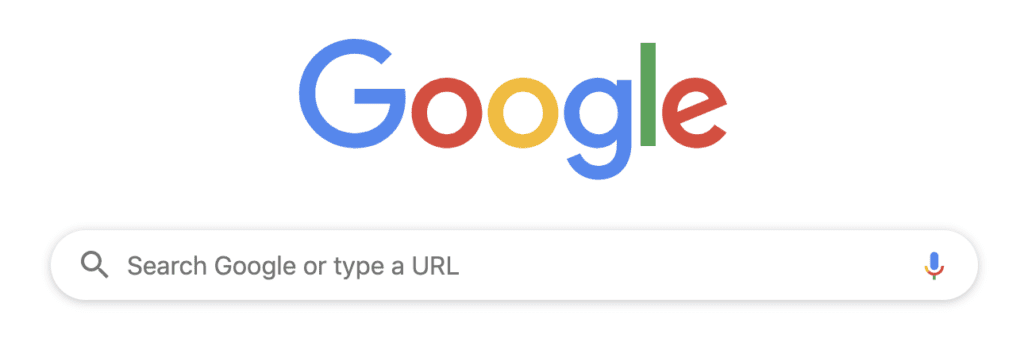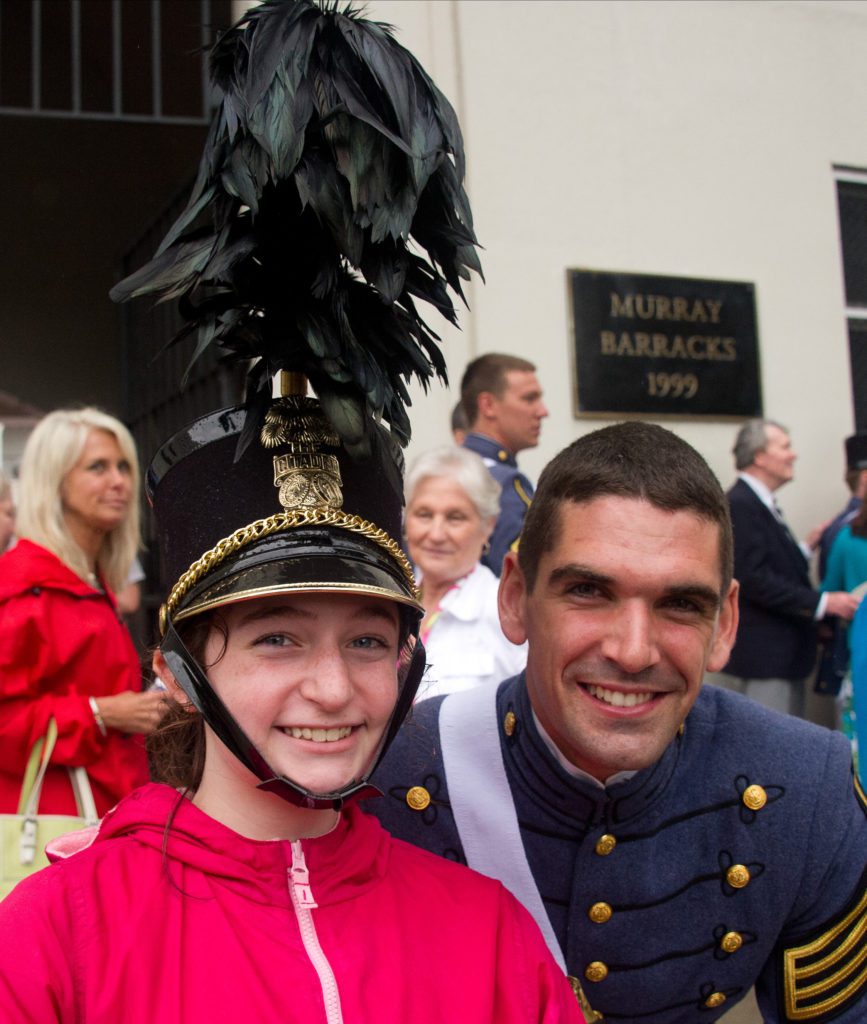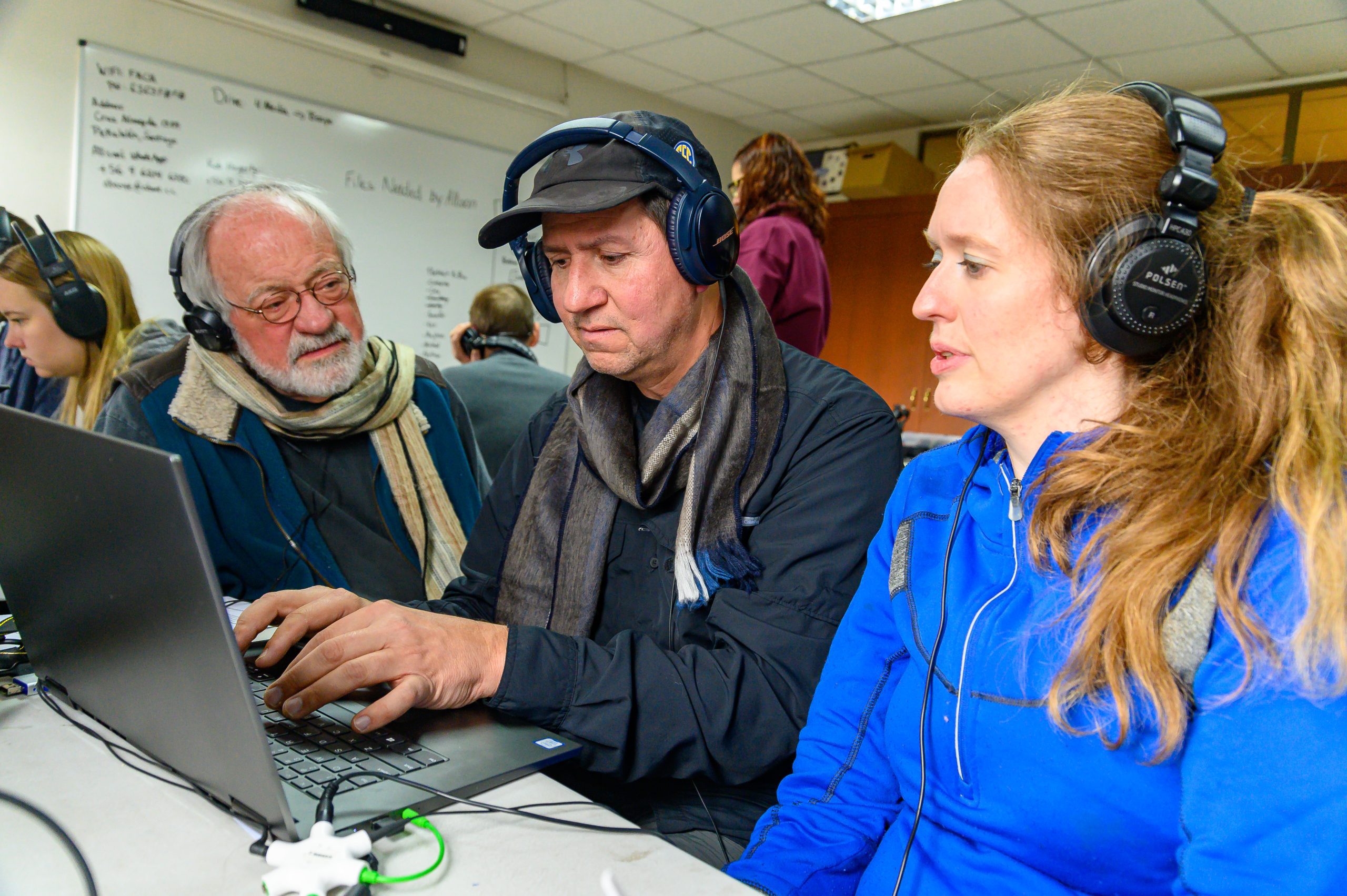Red-Tailed Hawk [X-E3, XF55-200mm F3.5-4.8 R LM OIS, Mode = Aperture Priority, ISO 400, 1/60, ƒ/4.8, (35mm = 300)]
but those who hope in the Lord
Isaiah 40:31
will renew their strength.
They will soar on wings like eagles;
they will run and not grow weary,
they will walk and not be faint.
Life is just difficult for everyone. When we look at our own lives, these struggles can be overwhelming. My colleagues in photography have gone through many years of turmoil.

Making the switch from film to digital was so tricky that many left the profession due to all the frustrations of learning what amounted to a new language involving computers.
Since the introduction of the SmartPhone, where anyone can take a photo and post it right away on the internet, the industry has changed.
I am constantly trying to figure out how to be of service to my clients. The problem is that much of what I have done in the past with supplying photos is less and less important to clients. Many of the things they would call me to do, they now use their phones to capture those images themselves.
Most of my profession feel daily like they are in a crisis. They have bills to pay, and the number of clients seems to be shrinking.
Do you try to understand others before trying to have them know you? Success is not about you; it requires others. You need to help others reach their dreams if you want to get yours. It would help if you connected to their memories, their desires.
My wife and I enjoyed watching “Call Me Francis” this past weekend. It is about Pope Francis’s path to becoming Pope; Father Jorge Bergoglio pursues his religious vocation in a country ravaged by a brutal military dictatorship.
It is a four-part series. There is this one point, after going through so many struggles in Argentina, he runs into a lady praying to Mary Undoer of Knots Novena. This resonated with him. When you see the story, you understand how difficult it was to help lead the church in a country run by a dictator. More than 30,000 people were killed by the government when he was helping lead the Catholic church.

The devotion to Mary, Undoer of Knots, has become more popular since Pope Francis encouraged the belief in Argentina. He then spoke about it during his first year as a pontiff. The theology of devotion goes back to the second century. Saint Irenaeus wrote, “The obedience of Mary untied the knot of Eve’s disobedience; what the virgin Eve bound by her unbelief, the Virgin Mary loosened by her faith.”
I pray to God for all my requests. I do find that a book of prayers sometimes helps me find the right words for where I am in life. Here are some daily prayers for Mary Undoer of Knots.

“We’re taught how to raise our hand to answer every question. The problem is that leadership, that building an organization, is all about knowing how to help others raise their hands and answer questions.”
GE CEO Jack Welch
We get so busy with our stuff that it’s easy to forget others’ needs and our effect on them.
There is another way you [, especially me] that we are too inwardly focused while we think we are outwardly focused. Can you imagine a business that never focused on reaching new customers? However, many of us [myself included] are focused only on those we know.
Strategy Question for You
Do you have a strategy to reach out to new people for your company? What are you doing this week to talk to someone new? Do you have a list of people to talk to you don’t know?

Maybe the knot you need to pray for God to untie is your resistance to actively looking for new clients.









































